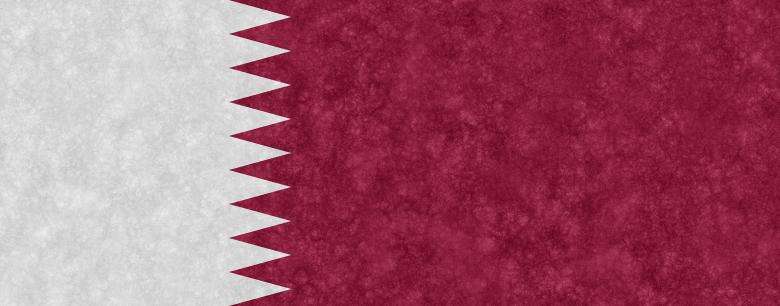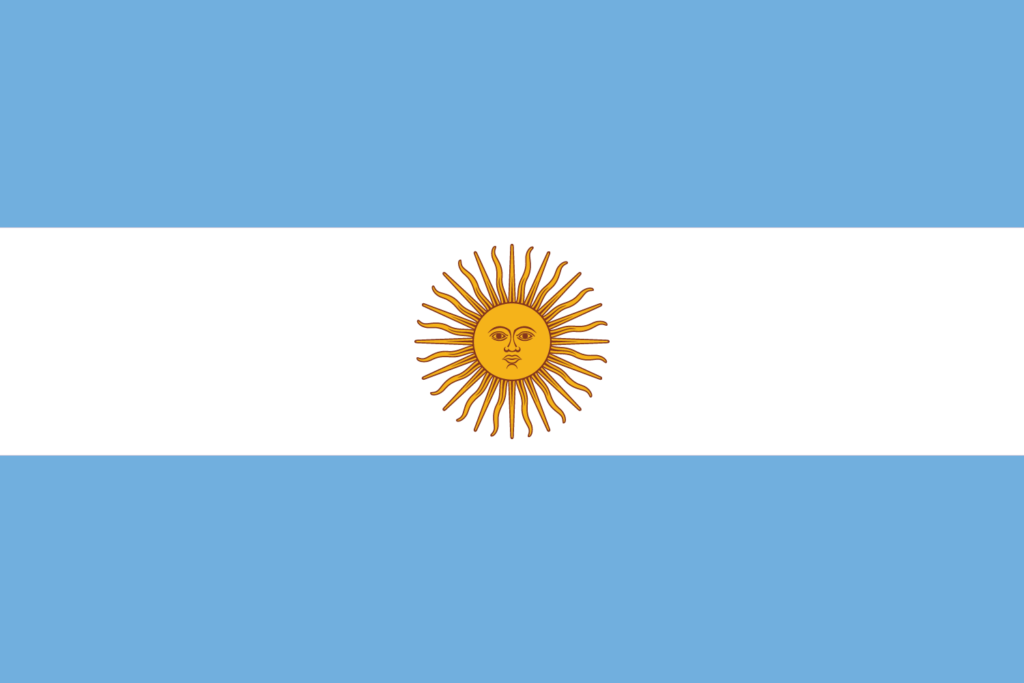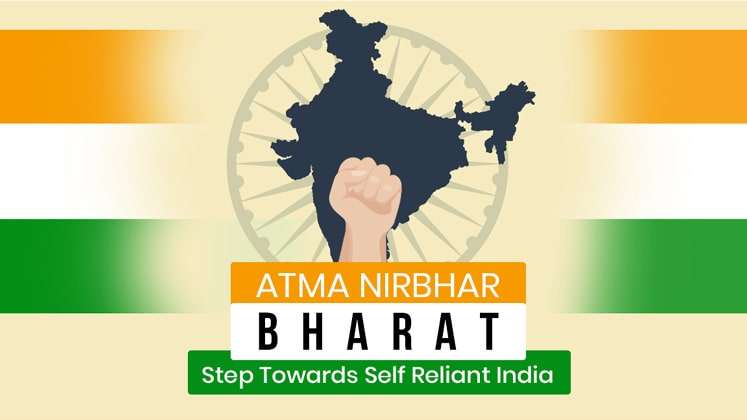Qatar recently became famous for hosting the 2022 FIFA World Cup. It is located in the Middle East on the Qatar Peninsula, which is part of the Arabian Peninsula. The Persian Gulf surrounds the remainder of its territory, which it shares with Saudi Arabia along its land border to the south. Over 80% of the population lives in the capital city of Doha, and the majority of the country’s geography is made up of a low-lying, flat desert.
Qatar was under Ottoman administration until 1916, when it became a protectorate of the British, before achieving independence in 1971. Tamim bin Hamad Al Thani is the current emir, and in accordance with Qatari law, he controls practically all executive and legislative functions as well as the judiciary. The prime minister and cabinet are chosen by him. The Consultative Assembly, which is only partially elected, can block legislation and has limited ability to dismiss ministers.
In early 2017, 2.6 million people were living in Qatar, 313,000 of them were natives and 2.3 million were foreigners. Islam is its official religion. The nation has the fourth-highest GDP (PPP) per capita and the eleventh highest GNI per capita in the world, respectively, in terms of income (Atlas method). Qatar has the third-highest Human Development Index (HDI) in the Arab world, placing 42nd overall. One of the biggest exporters of liquefied natural gas is Qatar, and it also has the highest per-capita emissions of carbon dioxide.
Qatar has some of the greatest oil and gas reserves in the world, and a significant portion of its production is carried out by foreign labour. The nation’s citizens benefit from a high level of living and a solid system of social services as a result of its oil resources.
Qatar Flag

Al Adaam (Ladaam), as the flag is named, symbolizes dark red color.
Ancient civilizations were captivated by the Qatari flag because of its distinctive maroon colour, which is still considered as a sign of affluence and dignity. Given that it has the same religion, neighbourhood, and ancestry as Qatar and that the majority of Arab nations use the colour red rather than maroon in their banners, Qatar’s flag stands out among the most magnificent in the entire world thanks to its magnificent colour.
The purple-red (maroon) and white of the Qatari flag, which is a sign of pride and dignity, inspires to act with honour and dignity. Love for this nation’s history and the accomplishments of its citizens is sparked by it. It also gives a sense of belonging and allegiance to this wonderful country.
History of the Qatar Flag
This flag has a special history that has shaped its present form.
Since ancient times, the word “Ladaam” has been used to refer to the deep red colour of the founder’s banner, Sheikh Jassim Bin Mohammad Bin Thani.
The maroon colour dates back to the third millennium BC, and it has been identified with the Phoenicians (descended from the Canaanites) in the Arabian Peninsula. The Greek word “Phoenix,” which meaning maroon people, is where the word “Phoenician” comes from. This red dye originated from the Bin Ghannam Island, which is only 40 kilometres from Doha and is close to Al Khor. The reddish dye dried up and turned purplish red when exposed to the intense desert sun (maroon).
Before 1851, each of Qatar tribes had a flag that they called their own. They used them for celebrations, fights and festivals. Jasim Bin Thani sought to unite all the tribes under one flag in 1851. Thus the founder of modern Qatar chose to adopt a purple flag
The traditional flag of the Kharjite leader Qatari ibn al-Fuja’a was a simple red banner, and this is how Qatar has always flown. To comply with British regulation, the nation altered its wholly red flag in the 19th century by adding a white vertical stripe at the hoist. After this addition, Sheikh Mohammed bin Thani formally adopted a flag that resembled its current derivation and had a patterned purple-red and white background.
Qatar became a British protectorate in 1916, and Abdullah Al Thani signed a treaty stating that he could only relinquish territory to the British in exchange for protection from all sea-based attacks and assistance in the event of a land attack. In accordance with this convention, the British decided in 1932 that Qatar needed a flag. The word ‘Qatar’. diamonds, and a nine-pointed serrated edge were all incorporated into the design of the Qatari flag in 1932, among other changes. The British proposed a change of color from purple to red and white, but Qatar rejected the red, but In 1936, the color maroon became standardized. The country’s subtropical desert climate stained the purple colour to maroon due to the harsh sun. As a result of these developments, the state adopted the maroon colour in 1949. The colour white represents peace. Sheikh Ali Al Thani took off the words and the jewels from the flag in the 1960s.
The white and coloured parts are divided by nine serrated edges. The white stripe’s tooth-like shape corresponds to decorative items, and it has no particular meaning. They represent Qatar’s membership as the ninth member of the Persian Gulf’s “reconciled Emirates” with the completion of the Qatari-British Treaty in 1916.
The maroon colour represents the blood that was spilt during the several conflicts that Qatar experienced, especially in the latter half of the 19th century. Following the conclusion of the Qatari-British Treaty in 1916, the nine-pointed serrated line designates Qatar as the ninth member of the “reconciled Emirates” of the Persian Gulf.
Early on, Sheikh Mohammed bin Thani saw the need to unite the Qataris under a single cause, and he suggested using the purplish red colour since it best complemented their culture and surroundings.
Thus, the Qatari people are determined to maintain the maroon colour of the flag because it is consistent with Qatar’s history, environment, and civilisation.
After the British Protection Act was repealed in 1971, Qatar formally became a member of the UN and flew its maroon and white flag.
The ratio of the Qatari national flag is 11:28. On the hoist side, it is maroon with a wide white serrated band (nine white points). It was adopted just before the nation on 3 September 1971 proclaimed its independence from Britain.

The flag is quite similar to Bahrain’s flag, which has fewer points, a 3:5 ratio, and a red color instead of maroon. The only national flag with a breadth greater than double its height is that of Qatar.
The Qatar / Bahrain Similarity
The flags of Bahrain and Qatar are very similar at first glance. The “red” fly and the white band at the hoist both have the recognisable serrated edge. They can be distinguished by their differences in proportions (Bahrain 3:5) and colours, with Bahrain being a traditional “British” red (because they had a powerful and “engaged” British adviser throughout the 1930s) and Qatar being a distinctive “maroon.” This resemblance reveals a shared past.
The histories of the two states have crossed paths and occasionally collided since the 18th century. The recognisable Qatari flag first appeared in the 1930s (official adoption of the maroon colour came about 1949).
The current version of Bahrain’s flag was legally adopted in 1932, and the Qatari flag’s peculiarities in size and hue (said to symbolise what happens to red when it fades in the Gulf sun, according to a fantastical narrative) appear to be primarily an effort to set it apart from the Bahraini banner.
Qatari Flag Law
A law protecting the flag of Qatar was passed. Emir Shaikh Hamad Bin Khalifa Al Thani issued a flag law in 2012.
“A new law in Qatar has been passed that stipulates steep fines and jail time for disregarding the national flag. One day [17 December] prior to Qatar’s National Day, the Emir Shaikh Hamad Bin Khalifa Al Thani issued the flag law. According to the law, without regard to a more severe punishment established by another law, a person shall be punished by imprisonment for a period not to exceed three years and a fine for a period not to exceed 200,000 Qatari riyals, or by either of them, according to Qatar News Agency (QNA).
The case is covered under “anyone who publicly disrespects the national flag by ripping it or acting in a disrespectful manner”
Law No. 14 of 2012 governing the Qatari flag establishes the flag’s colour, design elements, and procedure in accordance with the State constitution. As a representation of country’s pride, dignity, and freedom, the Qatari flag (Al Adaam) will continue to fly high in the sky.
By: Dr. Shameena Rahman



